Mobility Center
Keeping us on the go: Aramco's Mobility Center oversees 17,000 mobile assets
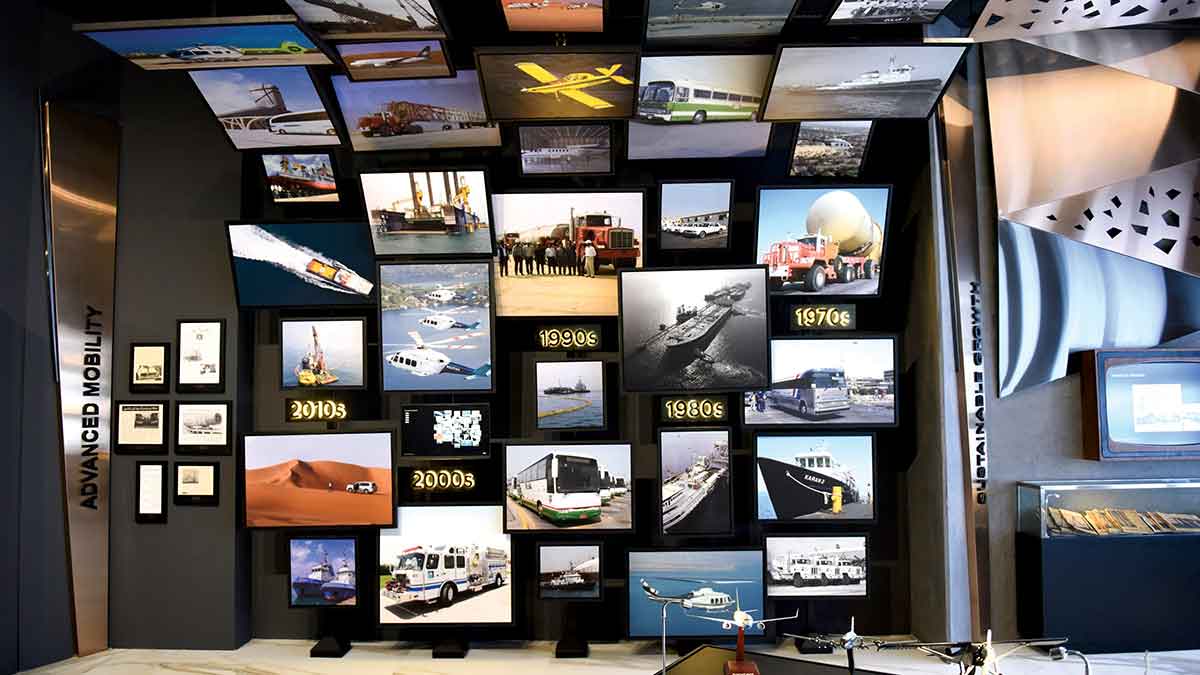
Global September 08, 2021 - By
Integrating the various forms of transportation companywide through artificial intelligence and cutting-edge technology, the state-of-the-art facility delivers all available information to decision makers at the right time.
Mobility — the ability to be safely moved around — is essential for a company of the scale of Aramco.
It involves a huge logistical effort that deploys best-in-class technology, and a dedicated and efficient workforce.
Mobility also has a big history, honored in Dhahran’s Mobility Center — an initiative of Industrial Services — which has documented 88 years of the evolution of Aramco.
An indoor gallery depicts the genesis of mobility with an impressive and historic gallery of photographs. It charts a history of discovery and innovation.
Dhahran’s Mobility Center oversees an incredible 17,000 mobile assets under a single roof, providing a large geographically and diversely spread set of services to core company onshore and offshore Upstream and Downstream operations to employees and their families in the community. With the huge number of assets and area of control, it became imperative, not only to have a number of data feeds and solutions, but also to have an intelligent center to integrate all mobility services, where information is available to all decision makers across various operations at the right time.
Mohammad A. Hatlani, acting executive director of Industrial Services, touches upon their core ethos.
Our state-of-the-art Mobility Center is a shining example of the successful dovetailing of the best people with the best technology, which is in line with Aramco’s Digital Transformation. Our vision is to be a best-in-class provider and provide reliable, safe and cost-effective Industrial Services to Aramco and to contribute to the local economy with highly skilled and motivated people.
— Mohammad A. Hatlani
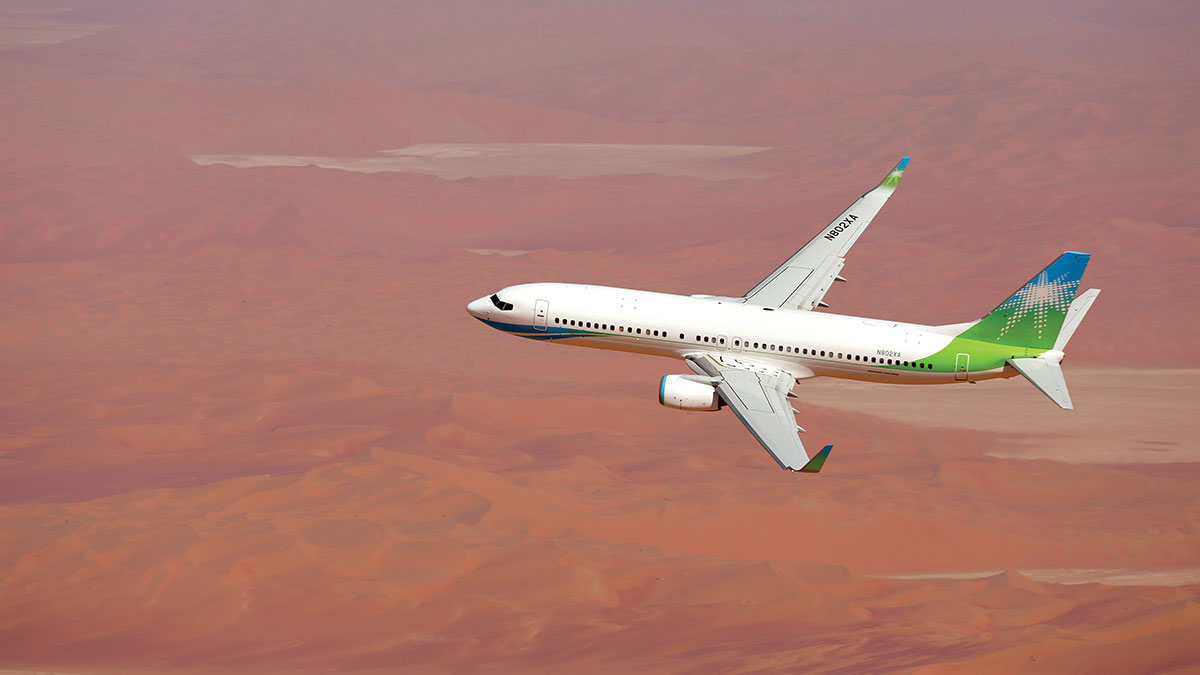
Sky’s the limit
Of note are the Industrial Services operations in the sky.
Khalid H. Natour is manager of the company’s Aviation Department.
“We operate a fleet of 17 airplanes and 27 helicopters. The airplanes each have a specific function,” he explained.
“Our primary function is to transport our employees to Aramco’s various operating facilities over the Arabian Gulf and across the Kingdom.
“Our fleets include specialized aircraft that can deal with the most diverse and complex emergencies such as search and rescue, medivac, and environmental and oil spill control missions.
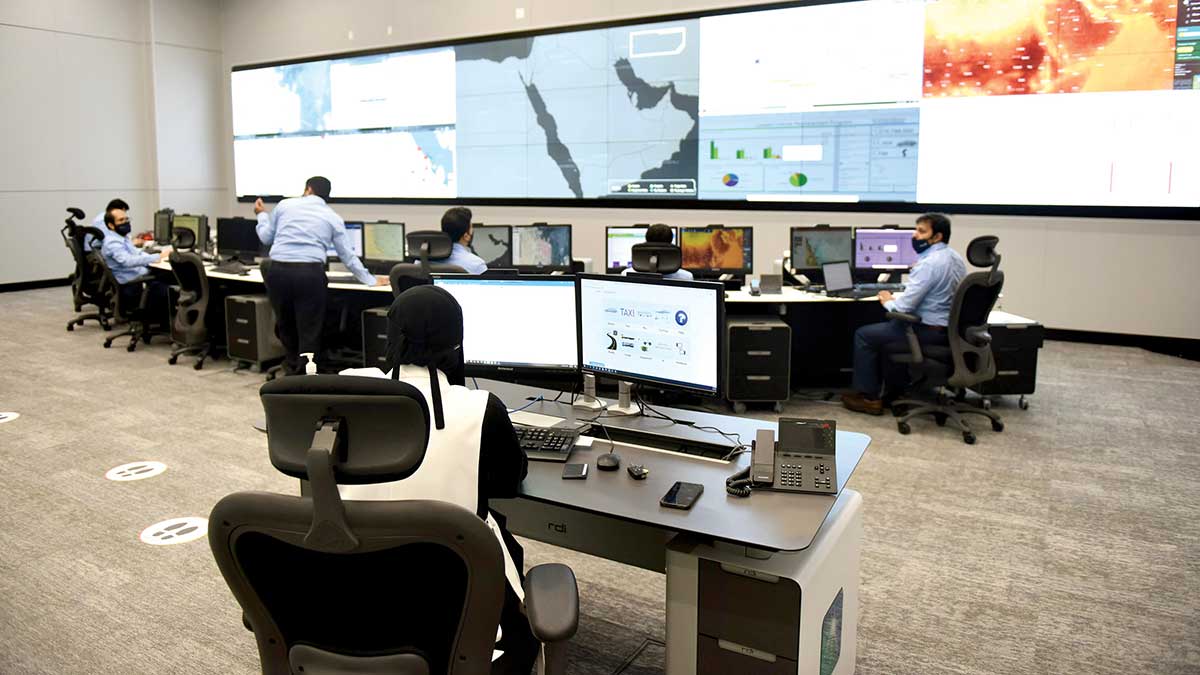
Supporting the company
Saad I. Shamrani, manager of the Transportation and Equipment Services Department, said, “Our mission is to provide reliable, safe, cost-effective and integrated transportation and equipment services while contributing to the local economy. We continue to provide such services across the Kingdom in every location Aramco operates, to support the company as it maintains its position as the world’s most reliable energy provider.”
Transportation of scale
As for the company’s offshore operations, the Marine Department plays a vital role in ensuring the critical upstream and downstream operations are continuously and safely supported. Marine supports the offshore oil and gas value chain starting at a very early stage from surveying offshore fields, to exploration, then drilling, followed by offshore projects, to production, and finally giving the final push to the loaded VLCCs supplying energy to the world.
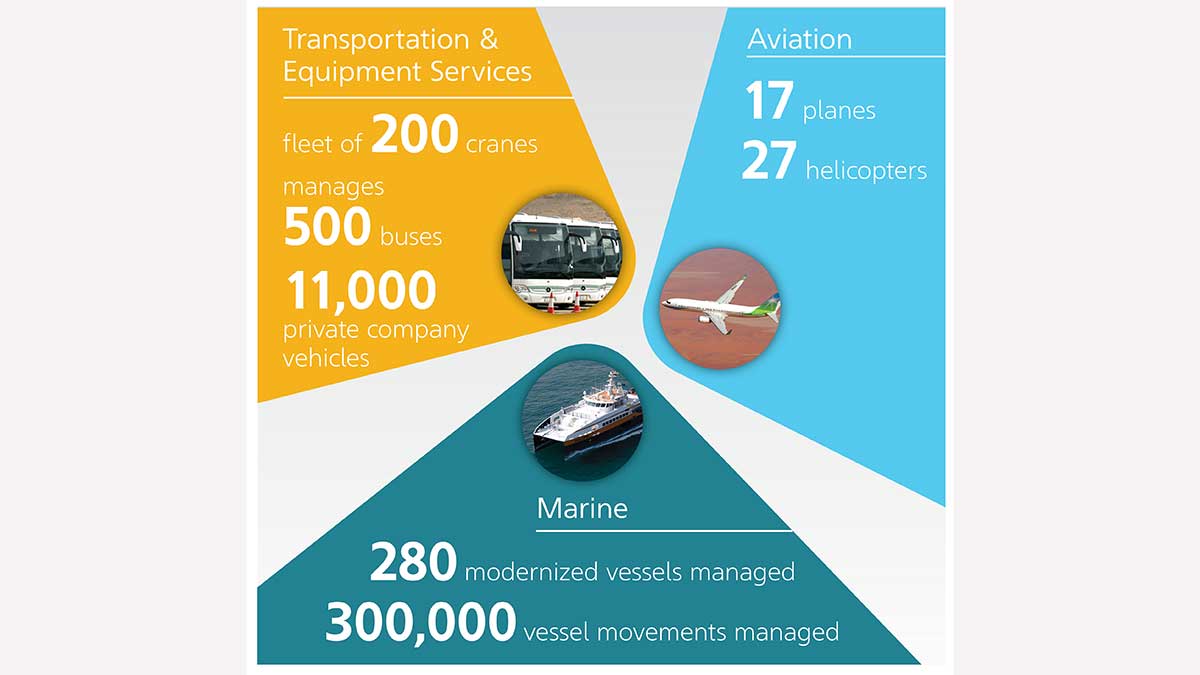
Revolutionary marine vessels
“With the company strategically expanding offshore fields and increasing production demands, revolutionizing Marine vessels and offshore services has become imperative to ensure that safe, efficient, cost-effective, and best-in-class Marine solutions are provided to offshore users,” said Abdullah O. Al-Tewairqi, Marine Department manager.
Here is a breakdown of the company’s assets, managed by the three different departments: Aviation, Marine, and Transportation and Equipment Services.
Aviation
• Operates scheduled flights through 13 Aramco-owned airports along with eight government airports, in addition to 500 helipads, utilizing a fleet of 17 airplanes and 27 helicopters, which makes the aviation services in Aramco one of the largest private operators outside the United States.
• Tanajib airport is the busiest in the Middle East in terms of takeoffs and landings, with an average of 40 to 60 helicopter landings and takeoffs each day.
• The aviation services transport approximately 1 million passengers annually to support the company’s various operations.
Marine
• The Marine Department supports stakeholders through a cluster of six owned and two public seaports, strategically located at the coastlines of Saudi Arabia.
• The Tanajib Marine facility is the largest port for offshore support worldwide, out of which, over 300,000 vessel movements are managed and over 1 million tons of cargo are transferred annually.
• A fleet of more than 280 modernized vessels are managed by Marine to support the company’s offshore operations in a safe and efficient manner.
• Protecting the environment is one of Marine’s main objectives that has taken its own share of digital transformation through the development of the oil spill trajectory model to support its ability in tracking oil spills. Offshore vessel traffic management is implemented through the latest technologies to monitor and control vessel movements.
Transportation & Equipment Services
• Performs more than 60,000 critical lifts, through six crane hubs located around major hydrocarbon facilities, supported with a total fleet of 200 crane
• Annually transports a total of 7 million tons of material and equipment to drilling operations, with a fleet of 1,500 specialized cargo trucks, with a total of 170 million kilometers driven per year
• Manages 500 buses, transporting 9 million passengers annually, in addition to a fleet of more than 11,000 private company vehicles.
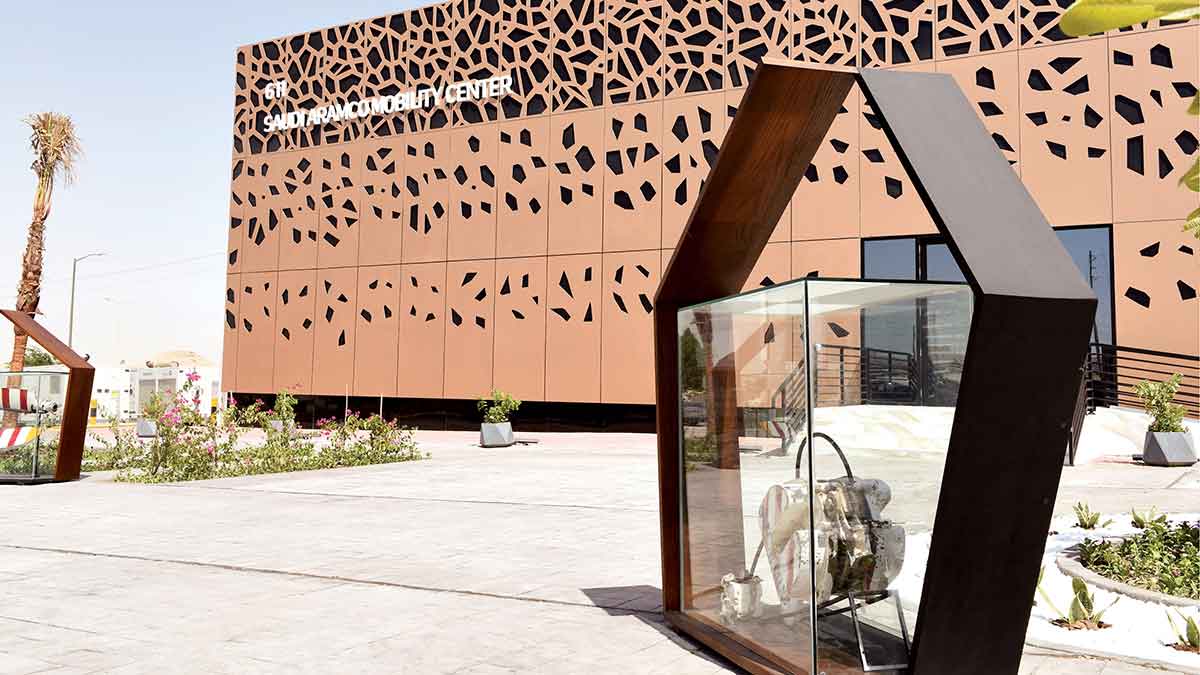
Digital transformation
Digital technologies give the company an opportunity to manage and control all these assets more efficiently, giving the decision makers real-time information across various operations at the right time.
Through artificial intelligence and the Internet of Things, the Industrial Services Mobility Center can place cameras, location devices, and other sensors that provide real-time monitoring and remote access to marine vessels, aircraft, and in-land transportation vehicles and equipment.



